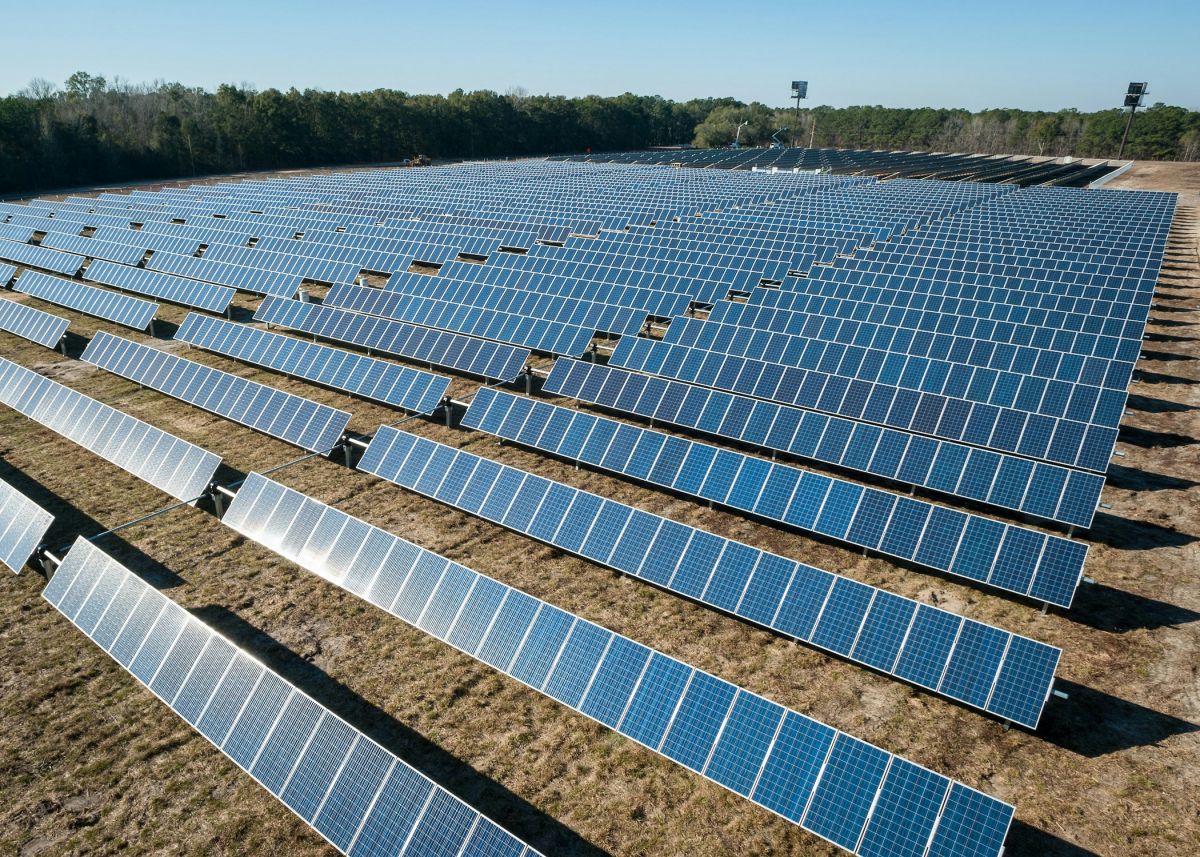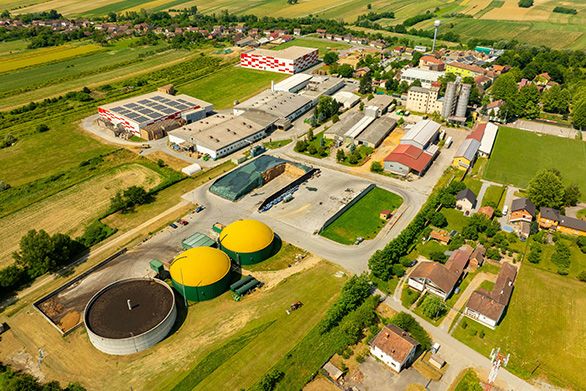Navigating the complexities of fundraising for Energy Transition projects
Energy transition projects aim to replace traditional fossil fuels with more sustainable and renewable energy sources.

Energy transition projects aim to replace traditional fossil fuels with more sustainable and renewable energy sources. Among the various initiatives, heat networks, microgrids, and biofuels are prominent examples that illustrate the range of technologies and strategies involved in the energy transition.
As the world increasingly turns towards sustainable energy solutions, one of the critical challenges in this transition is securing the necessary funds to support these projects. There is an increasing recognition of the need to attract investment into the energy transition – from both public and private sectors. However, the funding gap in the UK alone is currently estimated at £40-50 billion annually for the next decade (as estimated by the Climate Change Committee, 2020).
Raising funds for energy transition projects involves navigating a complex landscape of technological innovation, financial uncertainty, and stakeholder interests. Key challenges include articulating the value for all stakeholders, finding the right investors to match risk, rewards, and timeline profiles, and understanding funding requirements for all the phases from business case development through delivery and operation. Let’s explore how these can be addressed.
Articulating the value for all stakeholders
Energy transition projects are inherently complex and multifaceted. They impact a wide range of stakeholders, including investors, government bodies, local communities, and environmental groups. Each group has different concerns and interests, making it challenging to craft a business case that addresses all their needs. Investors focus on financial returns, local authorities focus on regulatory compliance and public benefits, and communities focus on local impacts such as tackling fuel poverty and achieving net zero targets.
From our experience, the most practical way to demonstrate the business sense of a project is through the financial model. At Amberside Advisors, we develop comprehensive financial models that reflect the project’s commercial structure and clarify the value drivers, sensitivities, and risks. These models provide a clear picture of how achieving target Key Performance Indicators requested by different stakeholders reflects on financial performance.
Finding the right investors to match ticket size, risk and reward profiles
Aligning the project’s financial projections with investor expectations is crucial. This can be particularly challenging for energy transition projects that often rely on relatively immature technologies, test new commercial structures or are subject to yet-to-be-enforced government policies. This can be a problem for strategic investors like large corporations and infrastructure funds due to low market and delivery risk tolerance. In contrast, venture capitalists might be willing to take higher risks for potentially higher rewards but expect quicker returns.
One way of approaching this is to explore innovative commercial structures – such as Strategic Energy Partnerships, that allow, among other things, to more appropriately allocate the risks and rewards between the parties, which in turn could significantly increase the chances for projects to meet the investors’ criteria.
Leveraging our extensive network of financial and strategic investors in sustainable and low-carbon infrastructure, Amberside Advisors ensures access to the right investor base. We also create tailored presentations for different types of investors, ensuring that the information presented aligns with their interests and investment criteria. This targeted approach enhances the effectiveness of investor meetings.
Understanding funding milestones
Accurate estimation of cash requirements is critical for the smooth execution of energy transition projects. Equally, timing funding rounds and ensuring the availability of funds when needed is critical for maintaining project momentum.
When engaged early in the process. Amberside Advisors help develop a clear timeline for fundraising efforts, aligning them with project milestones and cashflow requirements. This ensures that funds are secured at the right times to keep the project on track.
Recognising that there are various financing options available, identifying the most suitable options is possible only after careful consideration of the project’s specific needs and return expectations. In addition to equity financing, debt financing, and hybrid models, we always consider government schemes supporting the commercialisation and construction of new low and zero-carbon projects (such as GHNF for heat networks or UK Infrastructure Bank financing to tackle climate change).
To reiterate, navigating the complexities of fundraising for energy transition projects requires a strategic approach that addresses the multifaceted challenges inherent in these initiatives. By effectively articulating the value for all stakeholders, finding the right investors to match the risk, rewards, and timeline profiles, and understanding the precise cash requirements and funding milestones, project developers can significantly enhance their chances of success.
As demonstrated, leveraging comprehensive financial models, innovative commercial structures and targeted investor presentations are key strategies for overcoming these hurdles. If you would like to discuss in more detail how Amberside Advisors ensure the smooth execution of your net-zero project, please reach out to Maria Balyasna in the Energy Transition team.





















